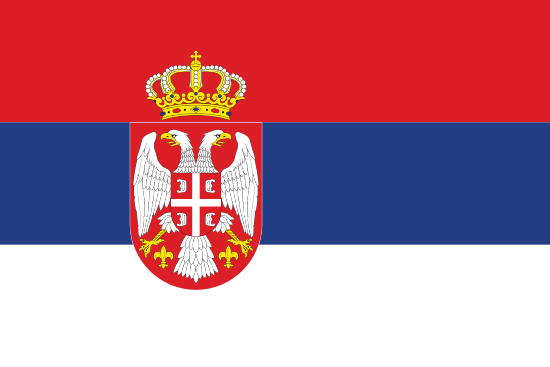Principais
destinos em Sérvia
Descubra mais sobre os melhores lugares para visitar em Sérvia
-
Capital: Belgrado
-
Language(s): Sérvio
-
Currency: Dinar sérvio (RSD)
-
Dial Code: + 381
Facts about Sérvia
<p>Serbia, officially the Republic of Serbia, is a landlocked country located at the crossroads of Central and Southeast Europe, covering the southern part of the Carpathian basin and the central part of the Balkans. Serbia borders Hungary to the north; Romania and Bulgaria to the east; the Republic of Macedonia to the south; and Croatia, Bosnia and Herzegovina, and Montenegro to the west; additionally, it borders Albania through Kosovo, whose status as part of Serbia is disputed. The capital of Serbia, Belgrade, is among the largest cities in Southeast Europe. After the arrival of the Serbs to the Balkans in the 7th century, several medieval states were formed, which evolved into the Serbian Empire in the 14th century. By the 16th century, Serbia was conquered and occupied by the Ottoman Empire, at times interrupted by the Habsburgs. In the early 19th century the Serbian revolution re-established the country as the region's first constitutional monarchy, which subsequently expanded its territory and pioneered the abolition of feudalism in the Balkans. The former Habsburg crownland of Vojvodina united with Serbia in 1918. Following World War I, Serbia formed Yugoslavia with other South Slavic peoples which existed in several forms up until 2006, when Serbia regained its independence. In February 2008 the parliament of UNMIK-governed Kosovo, Serbia's southern province, declared independence, with mixed responses from international governments. Serbia is a member of the UN, Council of Europe, PfP, BSEC and CEFTA. It is also an EU membership applicant and a self-declared neutral country.</p>
